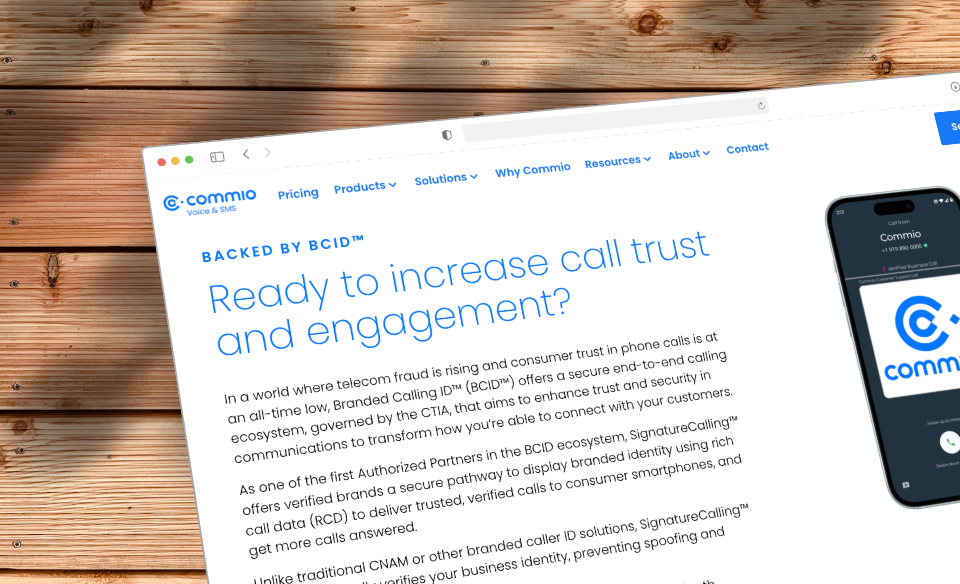Geographic call routing allows businesses to automatically route inbound calls to designated locations that will expeditiously address a caller’s needs. This reduces hold time and eliminates the need for callers to repeat information to multiple agents.
This advanced call distribution tool has quickly become one of the most widely-used and popular business phone features. Unfortunately, there are difficulties that have arisen that are unique to the geographic call routing feature. Following are a few of those problems and remedies that will allow businesses to circumvent or prevent them.
Incoming calls are not being routed properly.
Business calls that fail to reach the right destination are problematic. Geographic call routing utilizes settings designated by the provider to direct call traffic within the system. If there are even slight errors in the relevant databases of geographic codes (or if a database becomes corrupted), the result will be calls that do not reach the right destination.
Should this occur, the first order of business should be a review of the existing settings. If errors are discovered, they can be immediately corrected. In a case where all of the settings appear to be properly configured but the problem persists, it is likely that the errant calls are coming from a geographic area that has yet to be programmed into the database. Additionally, Commio offers “Time of Day” calling where a customer had forward calls to different geographies based on time of day.
Calls come in from unserviced areas.
Unserviced areas are those to which an organization has elected not to provide service. Examples of this might be a business that offers a product or service that is not legal in a given area, or where a business has deemed that the tax reporting requirements in a state make it too difficult to do business there.
One feature of geographic call routing is that the organization has the option of blocking incoming calls from such areas. Should a business continue to receive calls from these areas, the phone system settings should be checked first, because faulty configuration or database corruption are still the most likely culprits. If it is not a configuration problem, the service provider should be contacted immediately in order to initiate troubleshooting protocols.
Wireless calls don’t accurately reflect caller location.
Often callers will dial a business toll-free number from a wireless device that does not accurately reflect their true location. If a significant number of mobile callers are running into this problem, a business might consider deploying mobile location geo-routing. This feature routes mobile callers to a centrally-designated location based on their actual physical location.
Difficulties that occur with geographic call routing can usually be remedied in short order with the cooperation of the service provider. Contact Commio today to learn how we help businesses with their call routing needs.
















